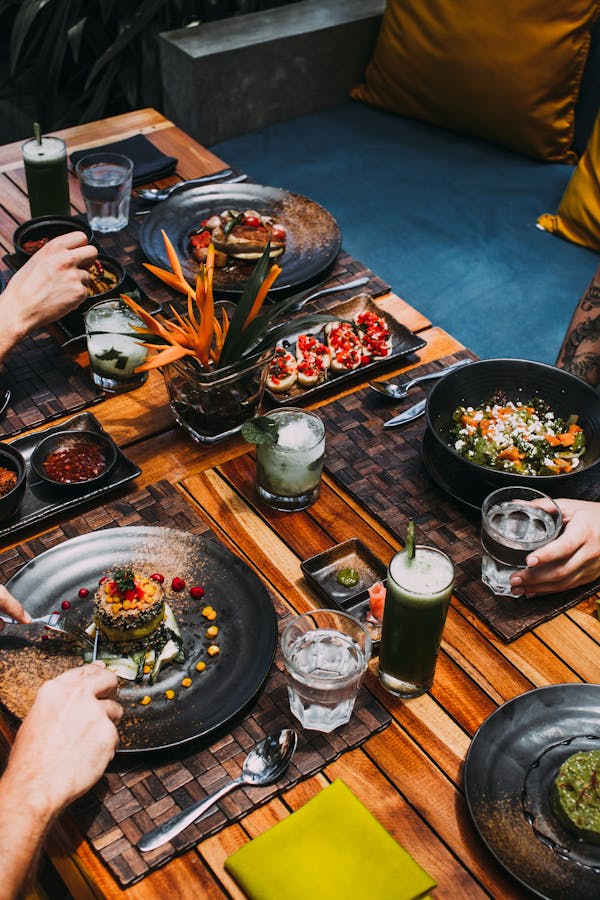How to Make Cold Starters for Any Occasion
How to Make Cold Starters for Any Occasion
Blog Article
Laying the Groundwork for a Memorable Meal

A great meal doesn’t begin with the main dish—it starts long before, and that’s where appetizers come in.
They build expectation for everything to follow.
Move beyond basic bruschetta; instead, think texture, color, and story.
A starter should surprise, not just pass the time.
Whether you're working with local produce or seasonal specialties, the key is simplicity with intention.
It’s not about quantity—it’s about balance. One creamy, one crunchy, one acidic—you’re telling a complete story in a single bite.
Starters are your way of saying: *this is how I think about food*.
Crafting a Multisensory Experience
The secret to an unforgettable appetizer? Layered sensations. Not just taste, but mouthfeel.
Start with a base: maybe crispy toast, a spoonful of polenta cake, or a sheet of nori if you're leaning fresh and salty.
Top it with something soft—smoked trout mousse, whipped goat cheese, or even an earthy mushroom duxelles.
Then comes the pop: pickled shallot, a touch of grapefruit zest, or a single flake of sea salt.
This isn’t just garnish—it’s your signature.
Each element should have a purpose: to elevate, contrast, or anchor.
And don't forget temperature—a sizzling shell with cold cream draws attention without effort.
Plating as a Form of Storytelling
People eat with their eyes first, and your plating should reflect that.
Think about shapes, negative space, and height—it’s not just chefy nonsense, it’s psychological.
A dark slate plate can make bright herbs pop. A white bowl gives room for colored oils or a drop of beet coulis.
Use odd numbers—three is friendly, five is elegant, seven is... maybe too much.
Add elements that move the eye: crumbled seeds scattered with purpose, a drizzle in motion, a small sprig off-center.
But remember, see it now restraint wins.
A messy plate says “rushed.” A composed one whispers confidence. And a plate that feels natural? That’s a home run.
The Language of Taste
Your appetizer shouldn’t just *taste good*—it should say something. Does it borrow from another cuisine and make it your own? Every ingredient you pick should answer that.
Maybe you're inspired by Provençal summers. That’s not fluff—it’s storytelling through flavor.
You could plate salted watermelon with whipped feta and a crack of pink pepper and call it “a memory of August.”
Or build a crispy rice cake topped with tamarind-glazed pork and serve it as “the street food I miss most.”
These aren’t just dishes—they’re bridges to your guests.
Flavor isn't just chemical—it's emotional. A well-designed appetizer is like a great opening line.
The Perfect Culmination
With the groundwork set, the tastes meticulously combined to create a delicate harmony, and the bouquet skillfully created to tease the senses, the last step is to elevate the dish with a thoughtful garnish.
This is where the nuances of the recipe come together to create a memorable experience. Perhaps it's a light dusting of Maldon salt or a small wedge of zesty lemon. Even a delicate pour of fragrant truffle oil can elevate a good dish into one that resonates.
The secret to making it work lies in achieving a sense of equilibrium, where every element comes together to create a coherent whole. And when it's all finished, the outcome should speak for itself. If it's done correctly, the dish will tell its own story.
Copyright © Delicious Beginnings blog 2025
Report this page